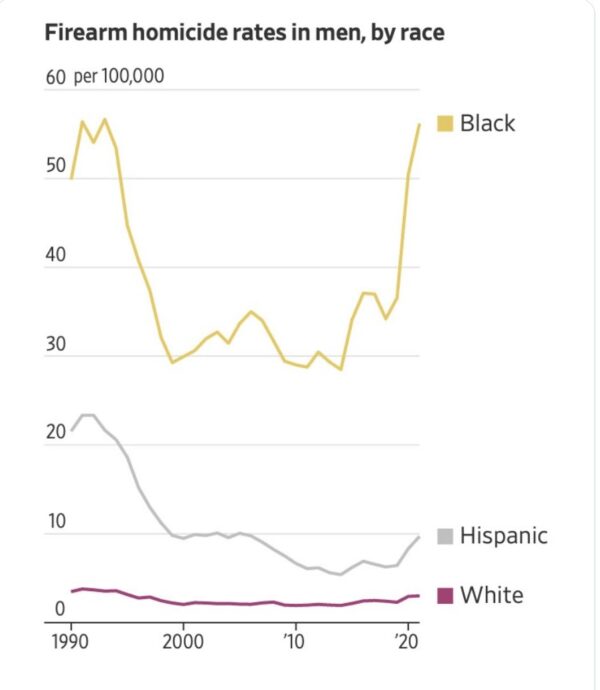BARR: ‘Run, Hide, and Fight’ Makes As Much Sense As Duct Tape To Stop Terrorism
Following the September 11, 2001 terrorist attacks and the anthrax scare shortly thereafter, the federal government urged Americans to prepare for possible future attacks by, among other things, sealing the windows of their homes with plastic sheeting and duct tape.
More recently, in the aftermath of violent incidents involving armed criminals targeting “soft” targets such as students in schools, shoppers in malls, or worshipers in churches, Uncle Sam has pressed two similarly unhelpful strategies: “run, hide, fight” and gun control.
Neither of these strategies, which Washington has repeatedly promoted, has prevented or even minimized deaths or injuries caused by criminals targeting students, shoppers, co-workers, or church goers. Still, as Sonny and Cher declared in their 1967 hit, “the beat goes on.”
As with other advice proffered by federal agencies — whether about what car to drive or foods to eat — the pointers about responding to active shooter incidents is not only unhelpful, but counterproductive. This has been demonstrated repeatedly in cases where individuals chose to confront armed perpetrators rather than run away from them, and in so doing saved lives.
Whether it was the armed and trained church security parishioner at the West Freeway Church in White Settlement, Texas in December 2019, the armed and trained young man at the Greenwood Park Mall in Greenwood, Indiana last July, or the individual at the Club Q in Colorado Springs, Colorado earlier this month, taking action against armed criminals bent on murdering innocent victims is a strategy far superior to one that advocates running and hiding.
Even when a passive response plan appears to make sense, as when a murderous gunman barged into the elementary school in Uvalde, Texas this past summer and began murdering children, things can go tragically awry (in that case, police themselves hid and failed to fight).
Notwithstanding the many actual incidents in which individuals’ actions confronting shooters saved lives, government publications continue to downplay taking the initiative to confront an active shooter. The Department of Homeland Security’s publication, “Active Shooter, How to Respond” admonishes readers that any “attempt to take the shooter down” should be considered only “as a last resort.” In other words, wait until everything else fails before confronting the shooter. Common sense alone suggests that such a point comes only after precious time and lives have been lost.
Clearly, confronting an “active shooter” carries risk. Riley Howell was mortally wounded when, in May 2019, he rushed a perpetrator who had entered his classroom at the University of North Carolina and started firing a pistol at students. By all accounts, Howell’s heroic sacrifice saved numerous lives.
Do the potential benefits of confronting a criminal shooter outweigh the risks? Ask the 240 parishioners at the West Freeway Church of Christ who were saved as a result of the quick, defensive response by church security members to an active shooter armed with a shotgun. Pose that question to the many dozens of people attending the Club Q on November 19th who did not become victims, thanks to the two club patrons who chose not to run and hide, but quickly tackled the shooter and subdued him with his own firearm.
The Biden administration’s knee-jerk response to any active shooter criminal act, regardless of circumstances, is “GUN CONTROL!” Sometimes, that refrain becomes almost comical in its detachment from the real world.
For example, following the Club Q murders and another by a disgruntled Walmart employee in a company breakroom in Chesapeake, Virginia the same week, President Biden demanded a ban on all “semiautomatic firearms.” Such an absurdly broad strategy would mean outlawing every Glock or Colt Model 1911 handgun, along with hundreds of other models of semiautomatic handguns and rifles owned lawfully by millions of citizens, and that are sold every business day in the United States.
Biden’s statement illustrates the degree to which his administration and its supporters remain ignorant of firearms, firearms owners, and the value of a citizenry that has lawful access to firearms for defensive purposes.
The gun-control shibboleth urged by the Left as the solution to every mass shooting incident, coupled with the government’s “run, hide, and fight” strategy for dealing with an active shooter, make as much sense as advocating duct tape and plastic sheeting as a way to thwart acts of terrorism.




